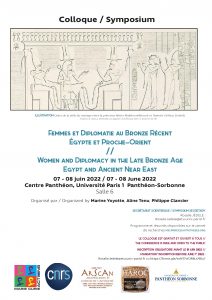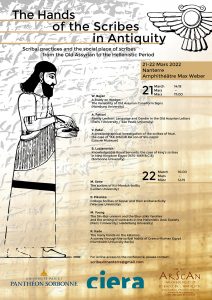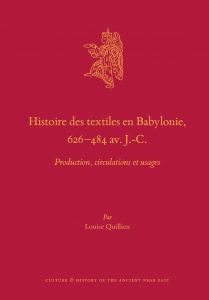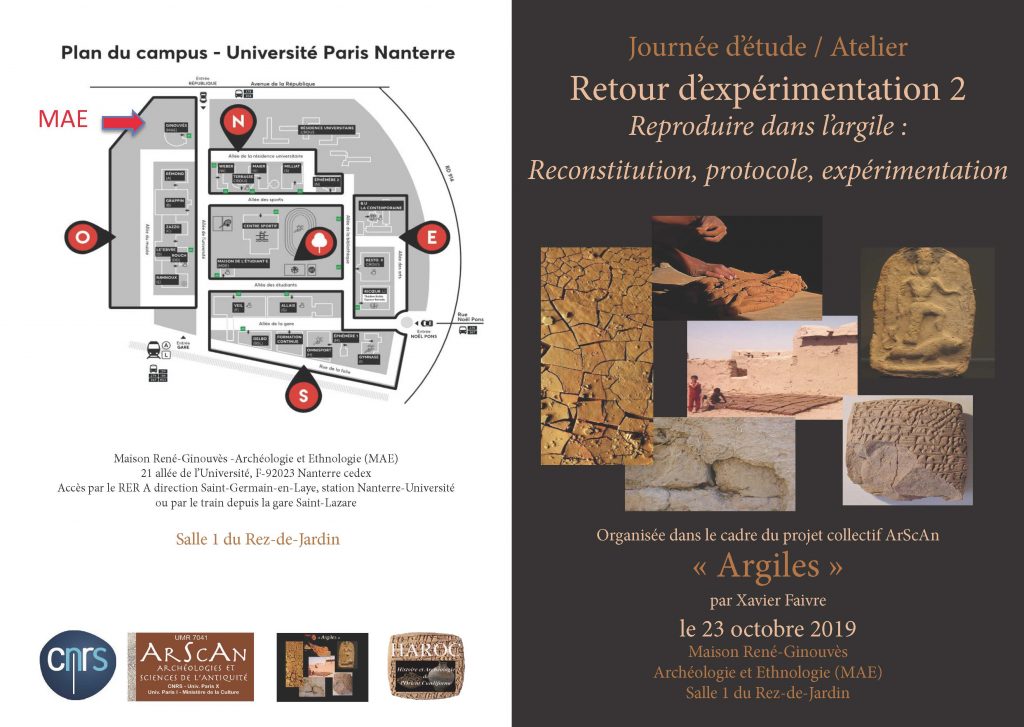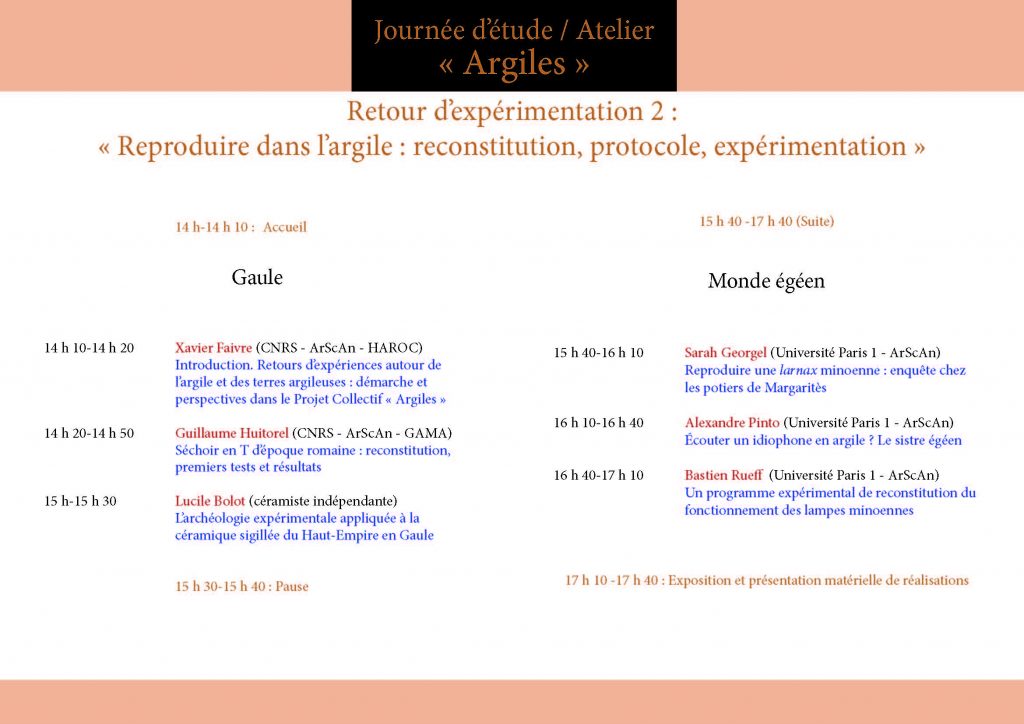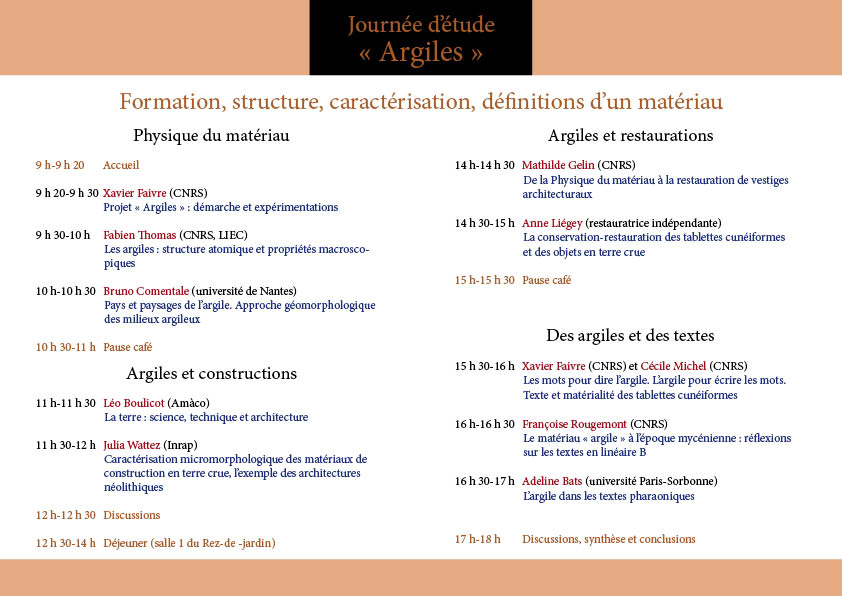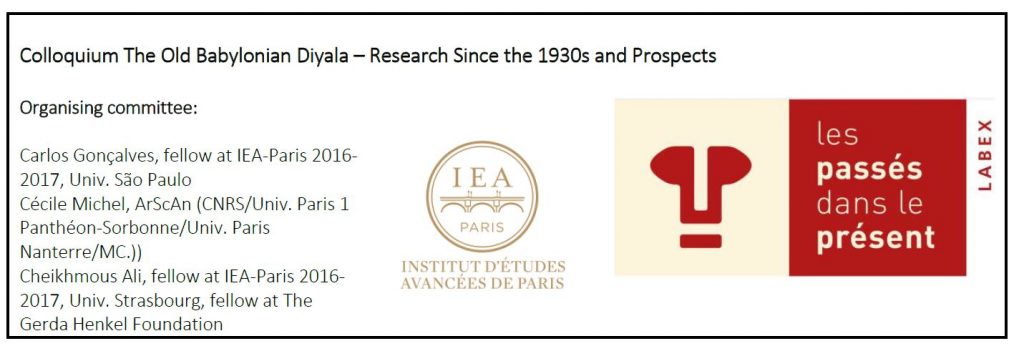5th KIM
5th Kültepe International Meeting
July 30 to August 2, 2022
Materials, crafts and natural environment at Kültepe and surroundings
The data obtained during 70 years of archaeological excavations have been presented and discussed at various meetings and conferences. The major aim of the Kültepe International Meeting (KIM) series, which was held for the first time in summer 2013 and takes place every two years, is to generate synergizing interactions among researchers studying the site of Kültepe or the ancient city of Kaneš, and thus to bring together archaeologists and philologists in the scope of multidisciplinary studies, in order to present and discuss their work.
The fifth Kültepe International Meeting (KIM) will take place in July 30 – August 2, 2022. It will gather the archaeologists and experts collaborating with Kültepe excavations and the philologists and historians who are working on specific archives. This meeting will be organized in two sessions:
- Work in progress: Within this session, we invite colleagues to present the state of progress of their work: the philologists on the archives they are studying or about any ongoing research based on the Kültepe tablets, the archaeologists and others as well on their current researches linked to Kültepe. This session will naturally involve all the sub-disciplines of archaeology and archaeometry, as for example, geology and paleobotany.
- “Materials, crafts and the natural environment at Kültepe and surroundings: The natural environment of Kültepe has been the topic of some of the articles published in the first KIM volumes. We would like to deepen this line of research by trying to connect all aspects of this natural environment, the materials it offers, the religious beliefs it might have created etc. with the sphere of craftmanship in all its many facets. And of course we also want to encourage participants to widen these questions to all possible connecting factors as we find them in the rich material of the Old Assyrian cuneiform documentation.
Program
Saturday, July 30th
8:45 – 9:00 Registration at Kültepe
9:00 – 9:15 Conference Opening, Welcome and Introduction: Fikri Kulakoglu, Cécile Michel & Guido Kryszat
9:15 – 10:00 Keynote Opening Lecture by Adelheid Otto (Ludwig-Maximilians University, Munich)
Law and justice in Karum Kanesh and its depiction on cylinder seals
Session 1: Metal Works and Art
Chair: Andreas Müller-Karpe
10:00 – 10:30 Cécile Michel (CNRS, ArScAn-HAROC, Nanterre & CSMC, Hamburg University)
Gold in the Jewels from Aššur and Kaneš
10:30 – 11:00 Coffee break
11:00 – 11:30 Wayne Powell (Brooklyn College-CUNY), Mike Johnson (Stell Environmental Enterprises, Atlanta), K. Aslihan Yener (ISAW, New York University) & Ryan Mathur (Juniata College, Huntingdon)
The Sources of Tin for Kültepe/Kanesh and Tell Atchana/Alalakh: Two Synchronous Production Systems
11:30 – 12:00 Ji Yeon Choi (Ankara Üniversitesi) & Fikri Kulakoglu (Ankara Üniversitesi)
The importance of Kültepe in the formation of Hittite Art
12:00 – 14:00 Lunch
Session 2: Recent Discoveries at Kültepe
Chair: Adelheid Otto
14:00 – 14:30 Yilmaz Ridvanogullari (Ankara University), Cihan Ay (Ankara University), Güzel Öztürk (Balıkesir University), Elif Genç (Çukurova University, Adana) & Fikri Kulakoğlu (Ankara University)
Changes in the Settlement Plan at the End of the Early Bronze Age III in Kültepe: New Data on the Transition from Public Buildings to Private Workshops
14:30 – 15:00 Ryoichi Kontani (Notre-Dame Seishin University, Okayama), Fikri Kulakoğlu (Ankara University) & Yuji Yamaguchi (Okayama University)
Material culture of Late Chalcolithic Age at Kültepe: Excavations at Central Trench, Kültepe 2021
15:00 – 15:30 Fikri Kulakoğlu (Ankara University) & Luca Peyronel (Milano University)
Recent Excavations on the Southwestern Mound of Kültepe. A New Public Building from the End of the Assyrian Colony Period at Kaneš-Neša
15:30 – 16:00 Coffee break
16:00 – 16:30 Fikri Kulakoğlu (Ankara University), Valentina Oselini (Bologna Unversity), Luca Peyronel & Agnese Vacca (Milano University)
The Settlement Sequence of the Kültepe Mound from the Late Early Bronze Age to the End of the Assyrian Colony Period. A New Stratigraphic and Ceramic Sequence
16:30 – 17:00 Cihan Ay (Ankara University) & Fikri Kulakoğlu (Ankara University)
An Evaluation on a Group of Ceramics Found in the South Terrace Palace
17:15 – 18:45 Guided Tour to the Kültepe Mound
Sunday, July 31st
Session 3: Women and the Art of Correspondence
Chair: Gojko Barjamovic
9:30 – 10:00 Anita Fattori (Sao Paolo University and Paris 1 Panthéon-Sorbonne University)
Gender variations in language in the archives of Elamma
10:00 – 10:30 Wiebke Beyer (Hamburg University)
Traces of Handwriting – The Case of Ennam-Aššur
10:30 – 11:00 Matthias Adelhofer (University of Vienna)
Old Assyrian Epistolography. A Synthesis for the Contextualisation of Rhetoric
11:00 – 11:30 Coffee break
Session 4: On Humans and Animals (part 1)
Chair: Elif Genç
11:30 – 12:00 Fikri Kulakoğlu (Ankara University), Luca Peyronel (Milan University) & Claudia Minniti (Salento University)
Of Lions and Sheep. Animal Exploitation at Kültepe and in Central Anatolia during the Middle Bronze Age. New Data from Recent Excavations
12:00 – 12:30 Donald Kale, Semih Özen, Doruk Özgü & Handan Üstündağ (Anadolu University, Eskişehir)
Assessing Activity Patterns Using Entheseal Changes at Kültepe-Kaneš during the Early and Middle Bronze Ages
12:30 – 14:00 Lunch
Session 4: On Humans and Animals (part 2)
Chair: Elif Genç
14:00 – 14:30 Kameray Özdemir (Hacettepe University, Ankara), Handan Üstündağ (Anadolu University, Eskişehir), Turhan Doğan & Furkan Kulak (Marmara Research Center)
Stable Isotope Analysis and Differences in Diet and Social Status in the Kültepe-Kanesh Population (the 2nd millennium BC)
14:30 – 15:00 Ali Akbaba (Middle East Technical University, Ankara), Semih Özen (Anadolu University, Eskişehir), Sevgi Yorulmaz (Middle East Technical University, Ankara), Mehmet Somel (Middle East Technical University, Ankara), Handan Üstündağ (Anadolu University,Eskişehir)
Preliminary ancient DNA results from Kültepe-Kanesh
15:00 – 15:30 Coffee break
Session 5: Onomastics and Assur’s relations to the West
Chair: Jan Gerrit Dercksen
15:30 – 16:00 Yoram Cohen (Tel Aviv University)
The Old Assyrian Onomastics from an Emar Perspective
16:00 – 16:30 Guido Kryszat (Johannes-Gutenberg University, Mainz)
The Development of Old Assyrian Theophoric Personal Names from the Early 19th to the Late 18th Centuries
16:30 – 17:00 Adam Anderson (Berkeley Institute for Data Science)
FactGrid Cuneiform Project: Linked Open Data for the Old Assyrian Text Project Dataset
17:30 – 18:30 Documentary film: Thus Speaks Tarām-Kūbi. Assyrian Correspondence.
Monday, August 1st
Session 6: Assyrians and Anatolians in Cult and Politics
Chair: Mehmet Somel
9:00 – 9:30 William Nation (Harvard University, Cambridge)
Rites for the Dead, Amity for the Living: The nasbītum Rite as a Medium for Cross- Cultural Understanding, and the Importance of Religious Translation at Kārum-Period Kültepe.
9:30 – 10:00 Amir Gilan (Tel Aviv University)
The Cult of Aškašepa in Hittite Sources
10:00 – 10:30 Jan Gerrit Dercksen (Leiden University) and Jacob Jan de Ridder (Philipps University, Marburg)
The Long Arm of Aššur
10:30 – 11:00 Coffee break
Session 7: Architecture and Landscape in Central Anatolia
Chair: Handan Üstündağ
11:00 – 11:30 Mehmet Tarık Ögreten (Ankara University)
Typological Evaluation of Level II Structures in Kültepe-Kanesh Lower Town
11:30 – 12:00 Andreas Müller-Karpe (Philipps University, Marburg)
Šamuha and Kaniš
12:00- 12:30 Hong-jong Lee (Korea University), Hyoung-ki Ahn (Korean Institute for Archaeology Environment & Korea University)
Current Research and Futures Prospects in Aerial Archaeology
12:30 – 14:00 Lunch
Session 8: Kültepe in the Late Period
Chair: Luca Peyronel
14:00 – 14:30 Fikri Kulakoğlu (Ankara University), Nilgün Coşkun Masatçıoğlu (Mustafa Kemal University, Antakya)
Middle Iron Age at Kültepe in the Light of Knowns and New Observations
14:30 – 15:00 Burcu Tüysüz (Nevşehir Hacı Bektaş Veli University)
Current Studies on the Hellenistic Period in Kültepe
15:00 – 15:30 Agnete W. Lassen (Yale Babylonian Collection, New Haven)
Seal Impressions in the Šalim-Aššur (94/k) Archive
15:30 – 16:15 General discussion (Publication of the Proceedings, Ongoing research etc.)
16:15 – 16:45 Coffee Break
17:00 – 18:30 Guided Tour to the Lower Town of Kültepe

